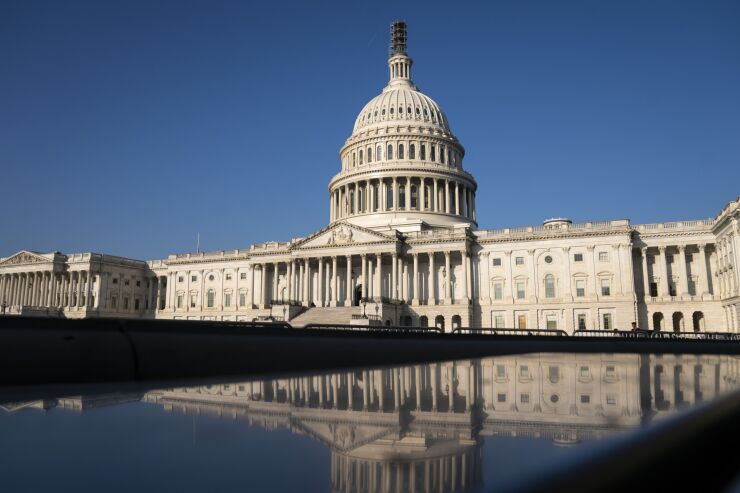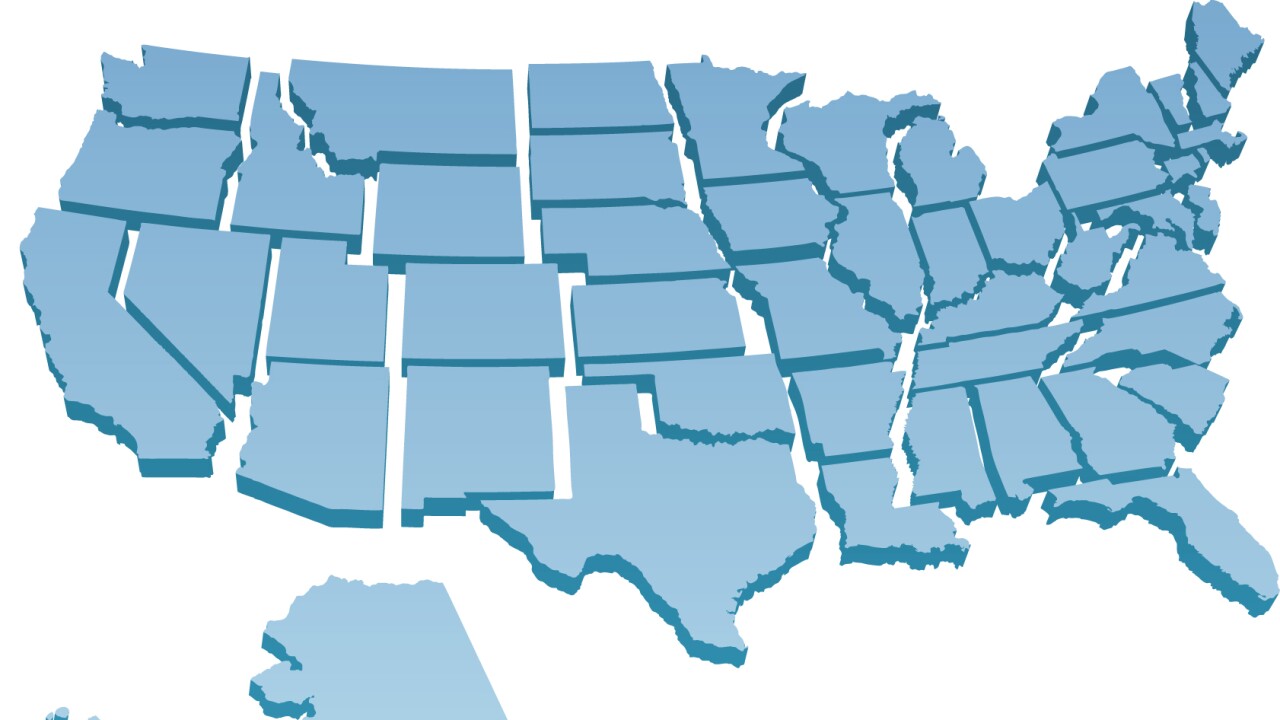The National Taxpayers Union Foundation issued a
The report says that In FY 2025, total federal credit assistance is projected to amount to $1.9 trillion in new direct loans and loan guarantees from 129 different federal programs. Much of this comes through mortgage guarantee programs, student loans, as well as commercial loans and consumer loans.
Using the federal government's standard accounting method under the Federal Credit Reform Act, the subsidy cost estimate amounts to $2.4 billion. However, the conservative advocacy group contends the FCRA accounting method greatly understates the actual costs of federal credit programs by assuming that federal credit activities are as low-risk as government bonds. It said the Treasury rates are low-risk because they're backed by the government, but federal credit programs depend on people and businesses actually paying back their loans.

A more realistic fair-value method that accounts for market risk would incorporate a premium that reflects the additional compensation an investor would require to bear the risk, the report argues. The fair-value method would estimate the true cost of these programs at $65.2 billion, or $62.7 billion more than the FCRA estimate.
"By adopting fair-value accounting standards, lawmakers can better evaluate the fiscal risks associated with these programs," NTUF researchers Demian Brady and Nicholas Huff wrote in the report. "This may help ensure taxpayers are not forced to bear as much of a burden from risky ventures funded by federal loans."





